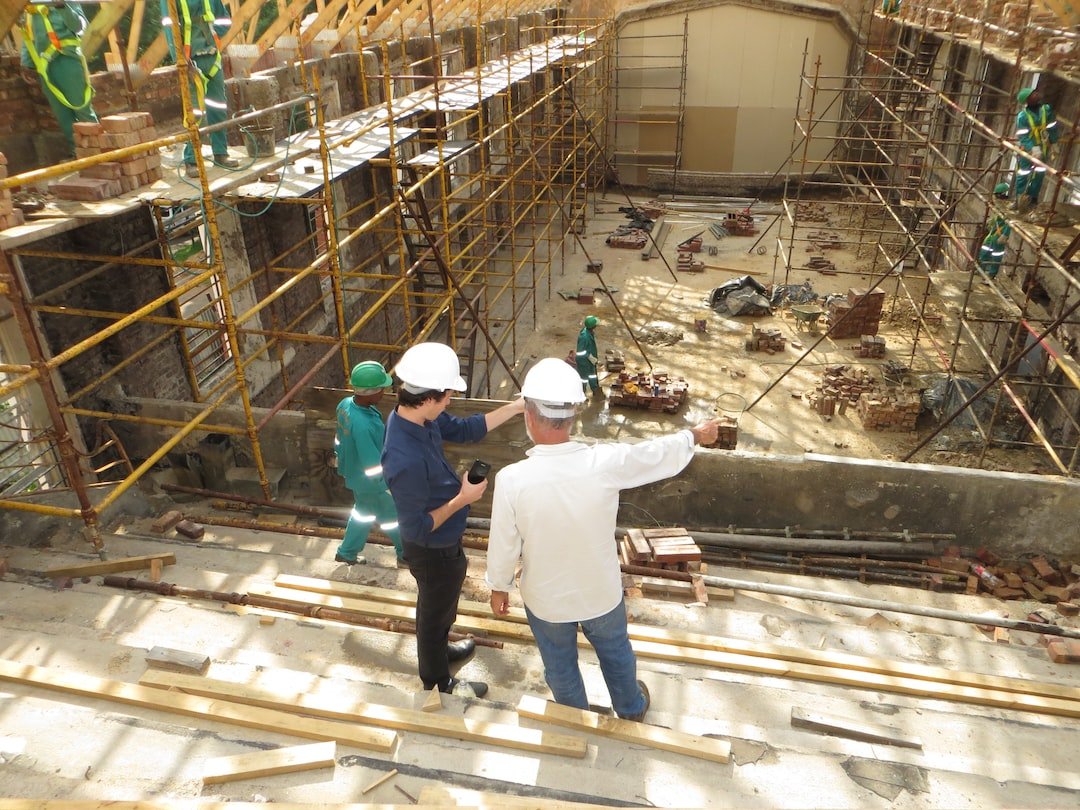If you are responsible for your organization’s IT budget this is a very important question. Not only does it affect your budget planning, but upgrade schedules and employee productivity as well. There are a LOT of variables but let’s see if we can get a ballpark idea.
Define ‘last’
When asked how long a PC will last it usually means one of three things:
- How long before the computer breaks from normal use.
- How long before the computer will need upgrades.
- How long before the technology inside the computer becomes outdated.
The variables
The two biggest varibles are the employee who will be using the computer and what the computer will be used for. For example, if the computer will be used inside a kiosk or as a library terminal then it may last for a very long time (5+ years) as long as preventative maintenance is regularly performed. The reason for this longevity is that the task it is performing does not change and the requirements are very low.
If the person using the computer is performing complex engineering calculations or high end graphic design then you may have to upgrade very often. This could be due to new software requirements or the need to have the task done as quickly as possible with the latest processor (time = money).
I have to also mention that we all have run into the employee with the perfectly good machine that is always complaining that it’s ‘too slow’. This article does not cover human nature. Please consult the HR department for more information.
The math
From my 17 years experience in the IT field I have come up with the following equation to use as a general guideline for determining when a system will need to be upgraded (either more memory or a new system):
This equation assumes a starting memory of at least 1GB and no Vista (just kidding). It should ONLY be used as a general guideline for budgetary planning. Every business and every employee is unique.
For example, if we use this equation with a starting memory of 2GB then we can budget an upgrade for this computer in 3 years. The upgrade may be additional memory or a new system.
Summary
IT budgets are notoriously fluid when real world needs collide with your best plans. Consult with your IT department to find out how many machines are ‘old’ (3+ years). Take a survey of your employees to see what their perception is of your IT infrastructure. Then use the equation to determine how often you want to upgrade vs. how much you want to spend per new PC.
If you have any further questions or would like Wireguided to review your infrastructure please contact us anytime.


 Esther Griswold
Esther Griswold Bruce DelleChiaie
Bruce DelleChiaie Andrew Hegarty
Andrew Hegarty Lisa Wollaston
Lisa Wollaston



